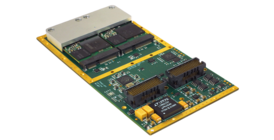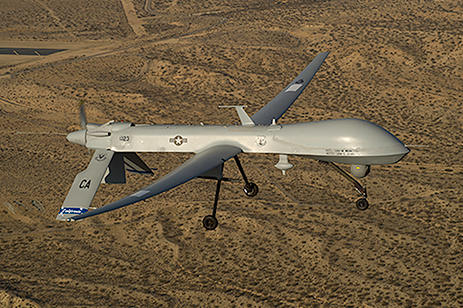
Defensive electronics are used by the military to protect transports and other large, slower flying aircraft. With their slow flight and predictable path, these aircraft are highly susceptible to shoulder-fired, surface-to-air missiles.
A large aerospace company had an existing electronic countermeasure system which was fielded on several aircraft. However, they were faced with obsolescence issues with the solid-state memory, computers, and other equipment in the system. They urgently needed a replacement for the memory (and board) that was going end of life.
The new memory board had to use current storage technology with wide industry support and future longevity. Most importantly, the new memory board had to replace the existing memory board exactly – form, fit, and function (FFFi). No changes to the software or firmware could be tolerated. Any changes to other electronics would require further testing and would increase technical and schedule risk for the upgrade program. Initial memory requirements were only for 512GB, but future expansion of the electronic countermeasure system may require more memory. So, it was highly desirable that the new memory board be designed to leverage increasing memory.
Since these systems were used on larger, fixed-wing aircraft, it was determined that size, weight, and power (SWaP) were not nearly as important as the issue of exact replacement. The existing memory board used Serial AT Attachment (SATA) memory. So, the new replacement memory board had to use SATA as well, but with a newer approach. SATA memory is widely used in commercial, industrial, and military applications.
The system designer searched for solutions to these unique requirements and turned to Curtiss-Wright.
With many years of experience developing commercial off the shelf (COTS) data storage products, the company asked Curtiss-Wright to propose a custom design memory replacement using the experience and knowledge gained during the internal research and development (IRAD) for their COTS storage products. The program had to remain on schedule with minimal technical and schedule risk.

